Garage Door Spring Repair
- Home
- Service
- Garage Door Spring Repair
Understanding Garage Door Springs
Garage door springs are essential for counterbalancing the weight of your garage door. Without working springs, the door becomes extremely heavy and difficult—if not impossible—to open manually or with an automatic opener.
There are two main types of garage door springs:
Torsion Springs
- Mounted above the garage door opening.
- Use torque (twisting force) to lift the door.
- Commonly found in newer systems.
- Known for their durability and smoother operation.
Extension Springs
- Located on both sides of the door and stretch along the horizontal tracks.
- Expand and contract to lift and lower the door.
- Often found in older garage door systems.
Each type requires specific tools, knowledge, and handling procedures to repair safely.
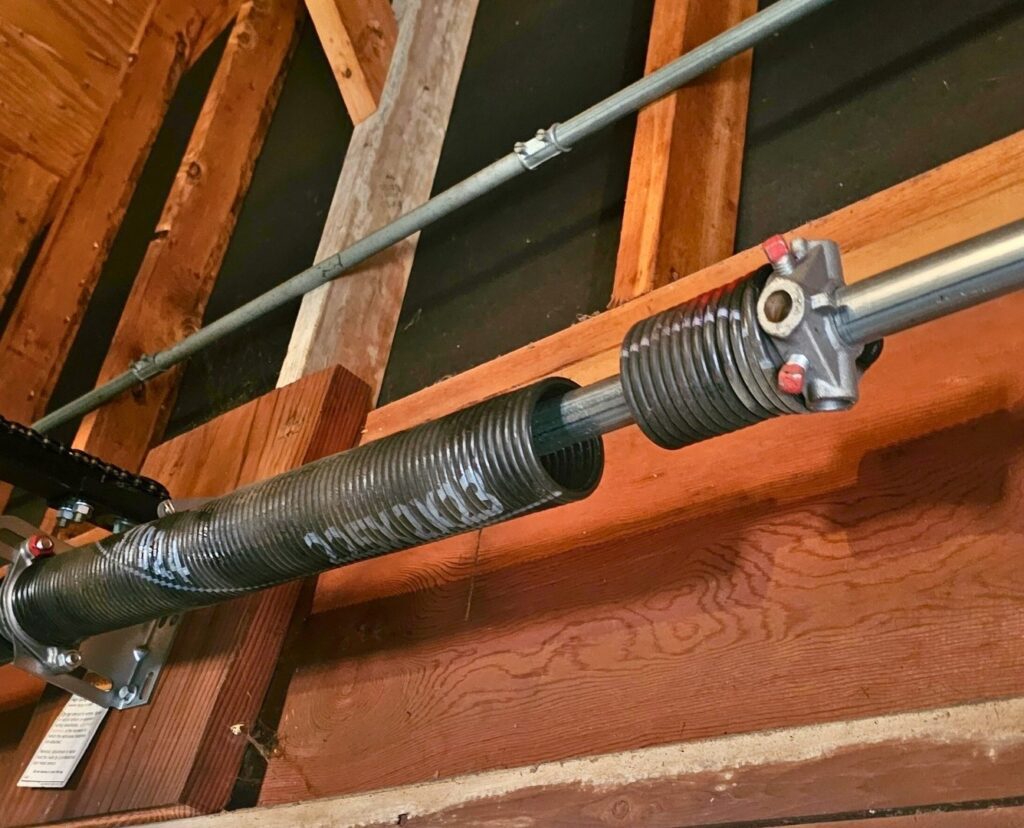
Signs You Need Garage Door Spring Repair
Springs can fail without much warning. If you notice any of the following signs, call a professional immediately:
- Garage door doesn’t open or only lifts a few inches.
- Loud bang in the garage (often heard when a spring breaks).
- Visible gap in the spring (a clear sign of a broken torsion spring).
- Door falls quickly when closing.
- Door opens unevenly or at an angle.
- The garage door opener struggles or can’t lift the door.
- Crooked or jerky motion during operation.
- The cables are slack or loose (often happens when a spring breaks).
Why Garage Door Spring Repair Should Be Left to the Pros
Garage door springs are under intense tension. A single wrong move during repair or replacement can lead to serious injury or damage. At Dynamic Garage Doors Inc., we come equipped with the right tools and experience to get the job done safely and correctly.
Risks of DIY Spring Repair:
- Severe injury due to spring tension.
- Damaging other garage door components
- Incorrect sizing or installation of springs.
- Voiding manufacturer warranties.
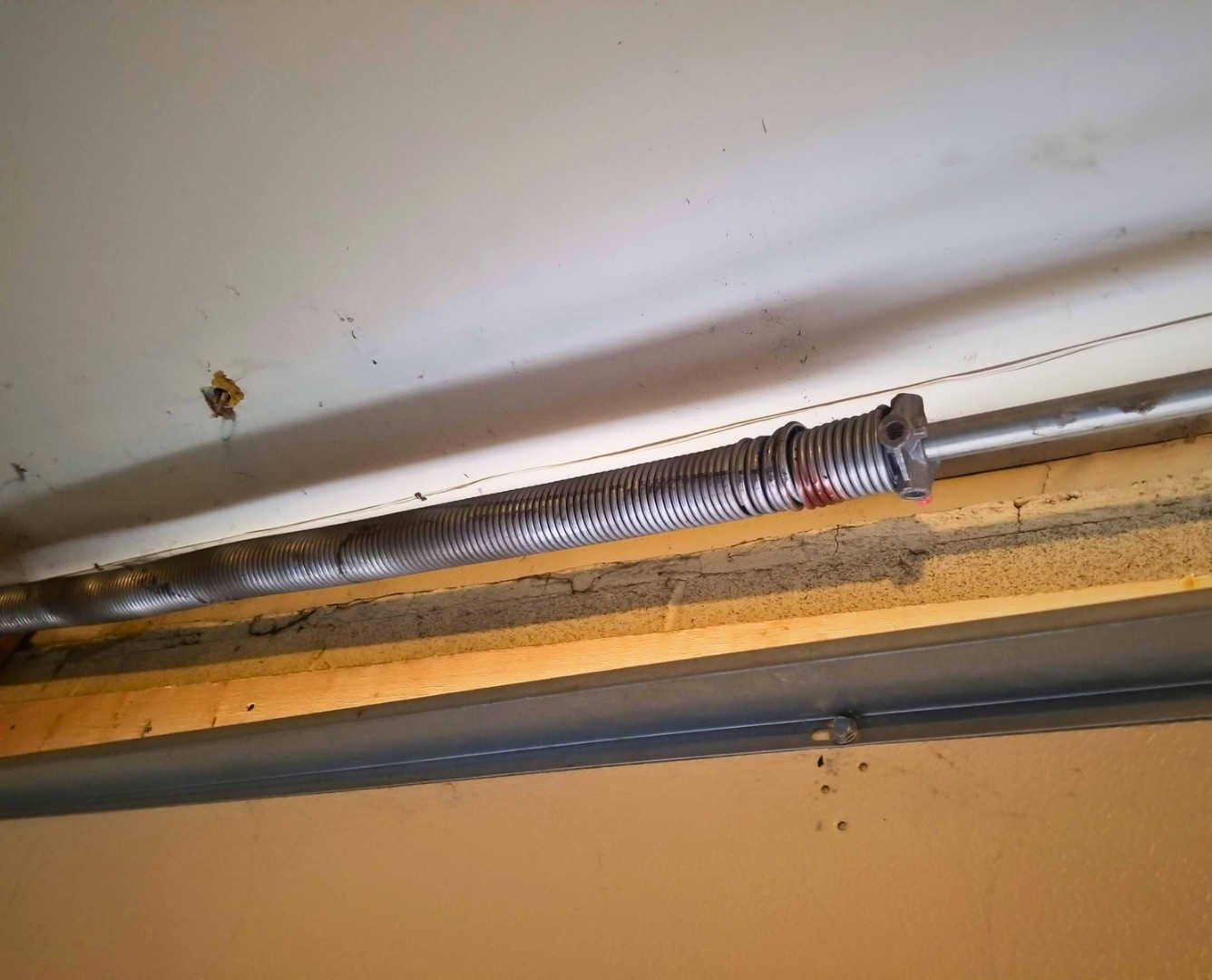
Our Proven Spring Repair Process
We’ve refined our repair process to ensure reliability, efficiency, and long-term performance:
1
Thorough Inspection
2
Correct Spring Selection
3
Professional Installation
4
Balance & Tension Adjustment
5
Final Safety Check
Common Causes of Broken Garage Door Springs
Garage door springs don’t last forever. Their lifespan is based on cycles (one open/close = one cycle).
1
Wear and Tear
2
Lack of Maintenance
3
Temperature Fluctuations
4
Poor Installation
Knowing your spring type helps you understand the repair approach.
- Torsion Springs: Typically mounted on a bar above the garage door.
- Extension Springs: Found along the tracks on either side of the door.
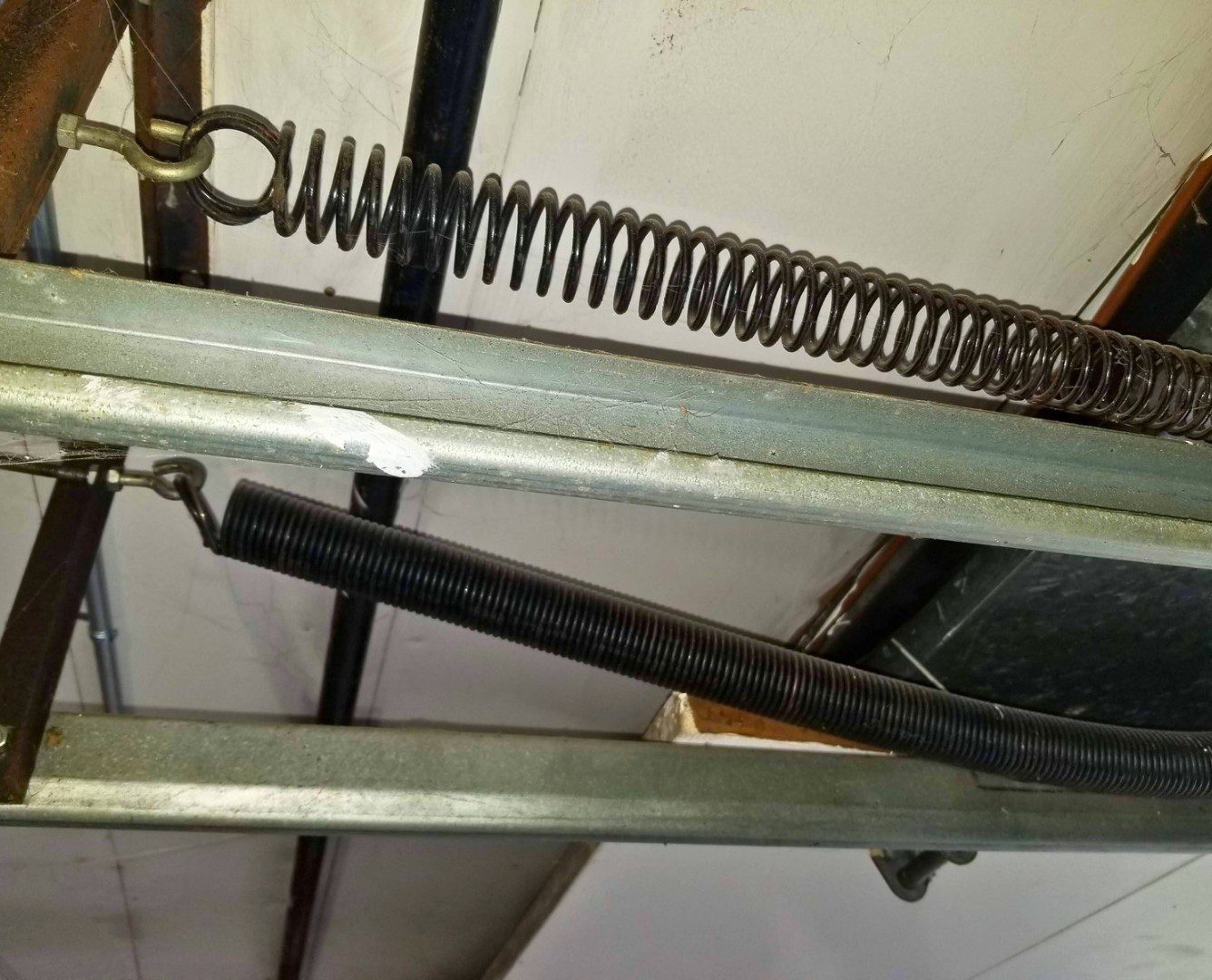
A broken spring can throw your entire day off—especially if your vehicle is trapped in the garage. That’s why we offer emergency garage door spring repair services to get your door working again fast.
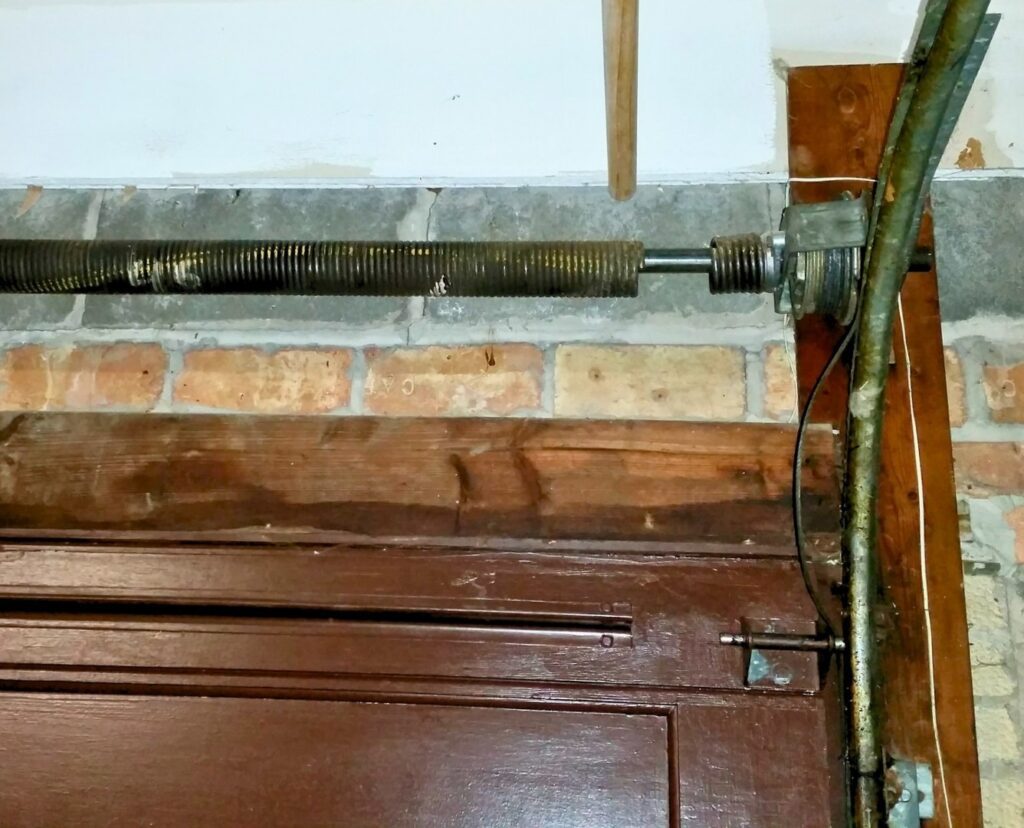
While garage door springs will eventually wear out, you can extend their life with a few simple steps:
- Lubricate springs every 6 months.
- Avoid overuse.
- Schedule annual inspections.
- Replace both springs together.
We know you have options when it comes to garage door repair, but here’s what sets us apart:
- Family-owned and local
- Expert technicians
- Fast response times
- Quality parts
- Satisfaction guarantee
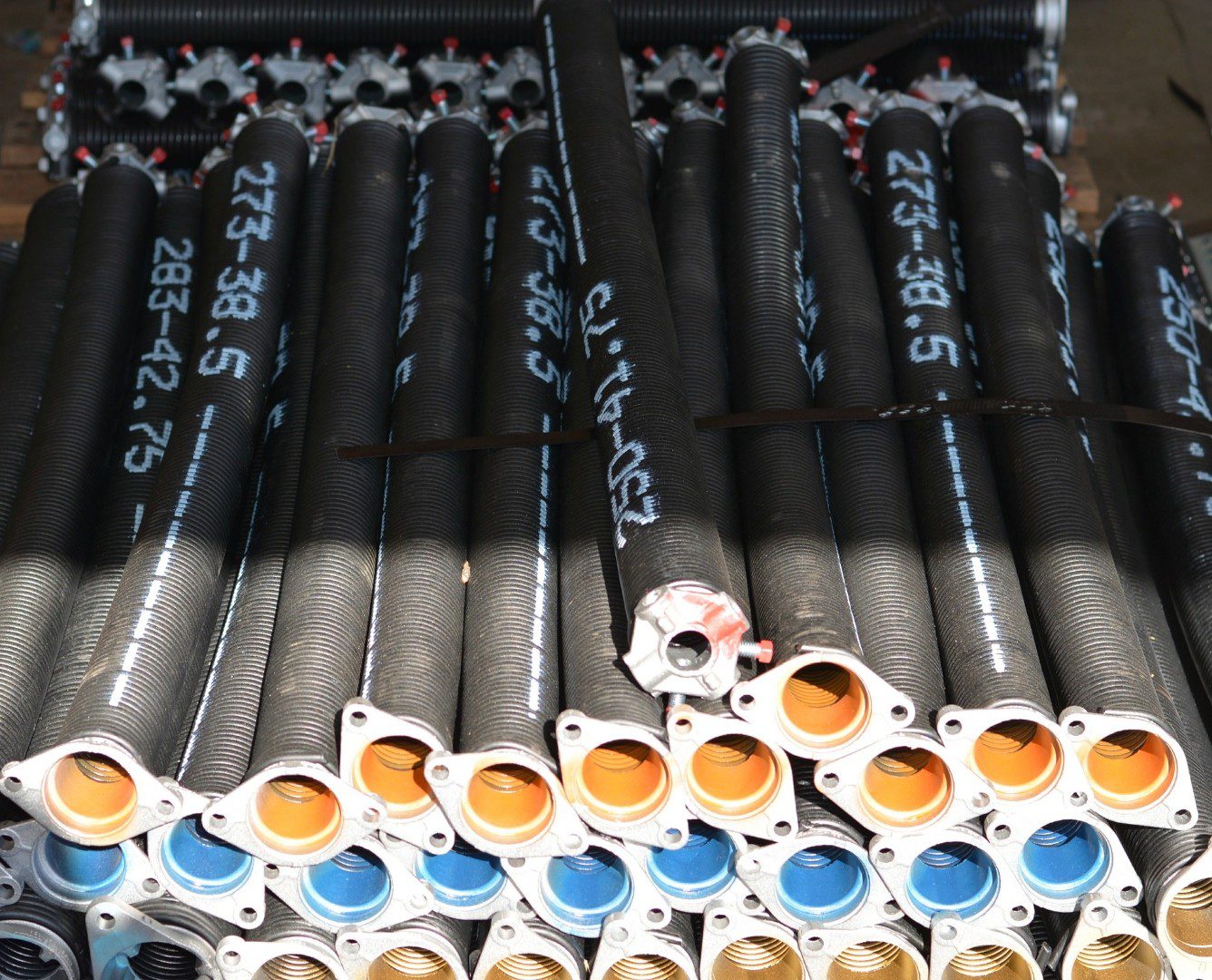
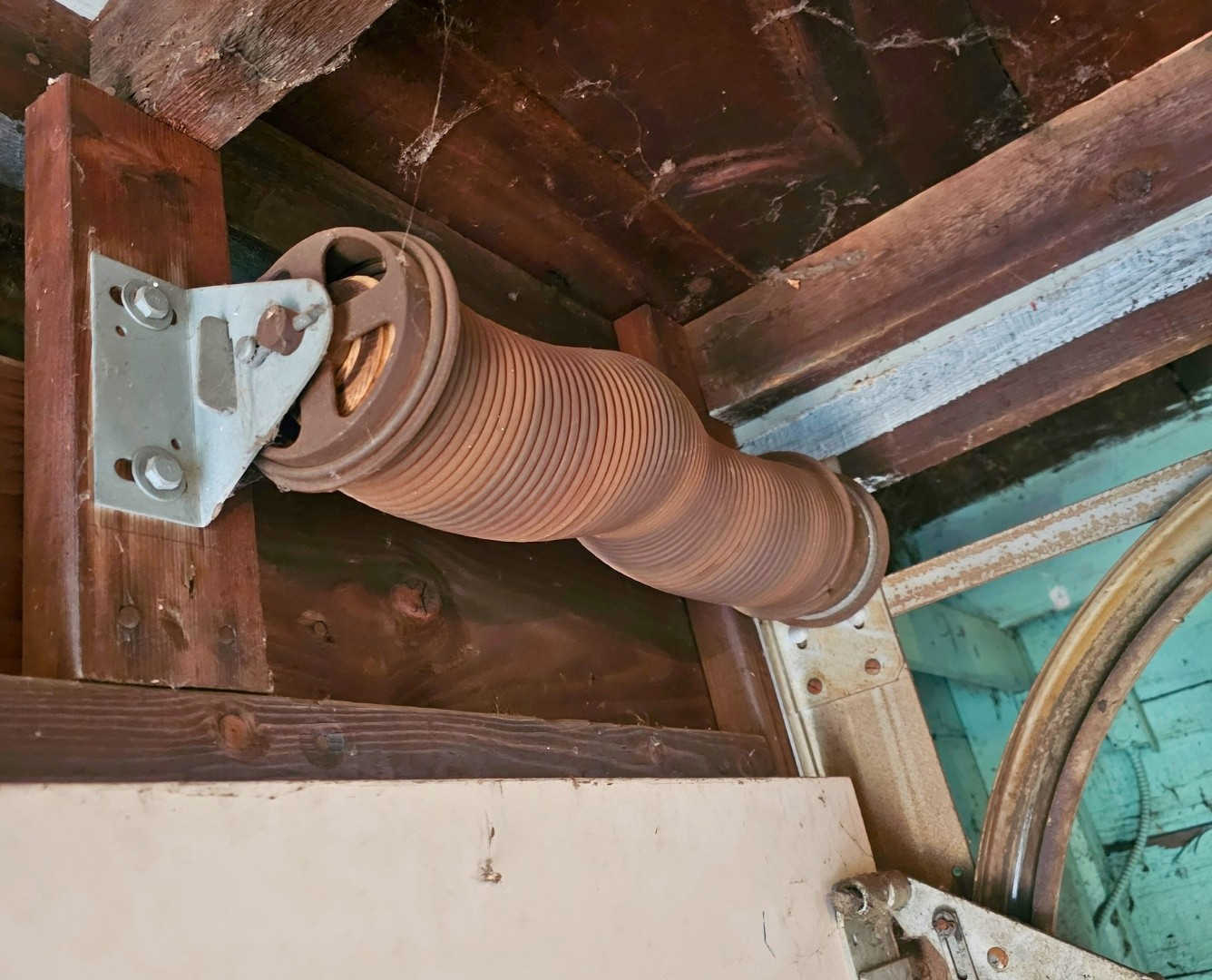
We proudly provide garage door spring repair services in:
- Palatine, IL
- Arlington Heights
- Schaumburg
- Rolling Meadows
- Hoffman Estates
- Barrington
- Elk Grove Village
- Throughout the Chicagoland area
Don’t let a broken spring slow you down. Our team at Dynamic Garage Doors Inc. is ready to restore your garage door quickly and safely.
Dynamic Garage Doors Inc.
- (877) 213-9571
- info@dynamicdoorsinc.com
- 24 hours a day, 7 days a week
